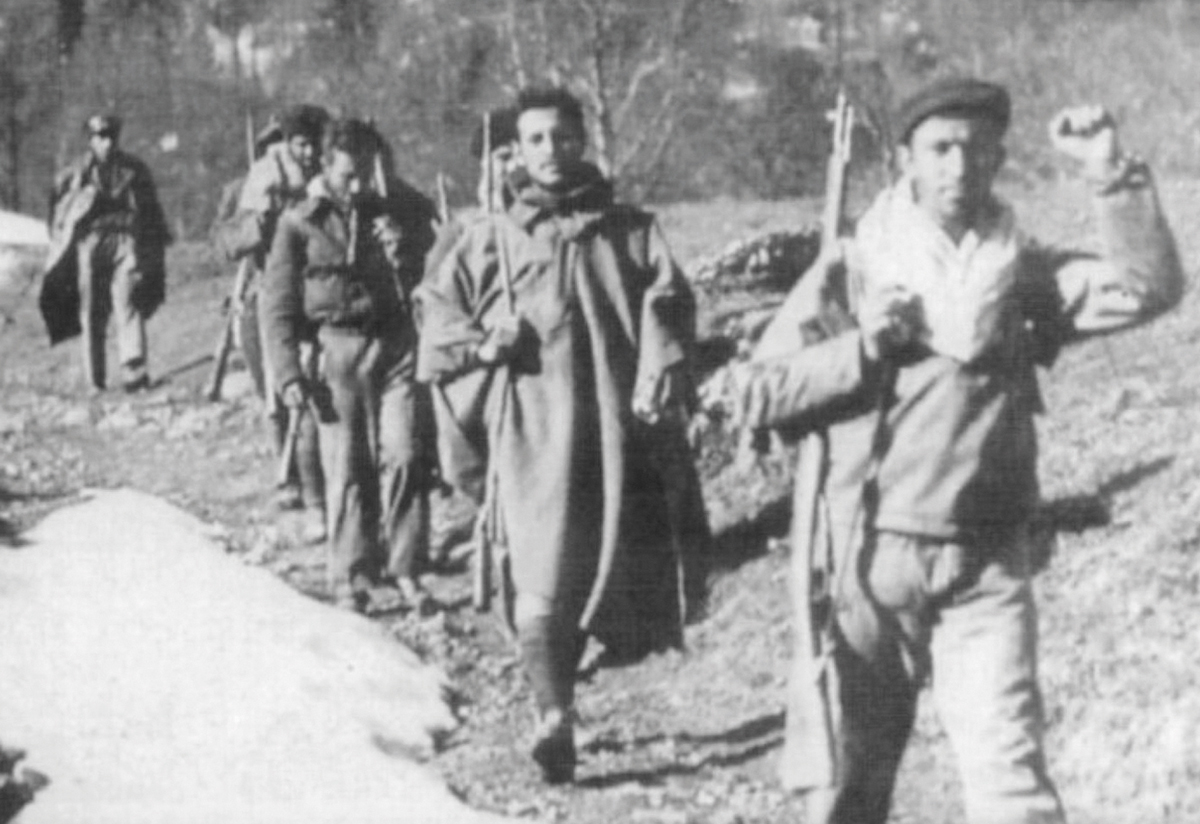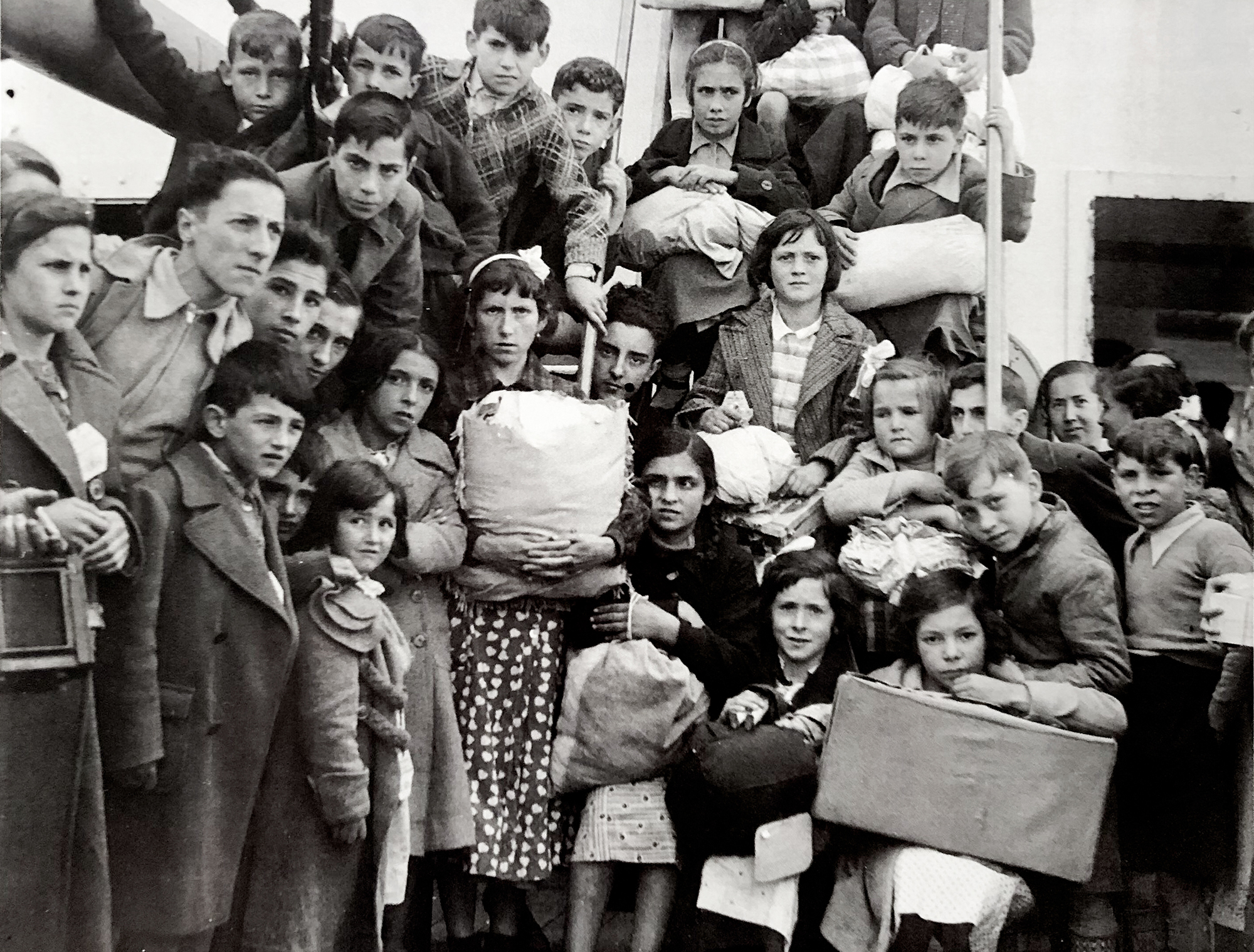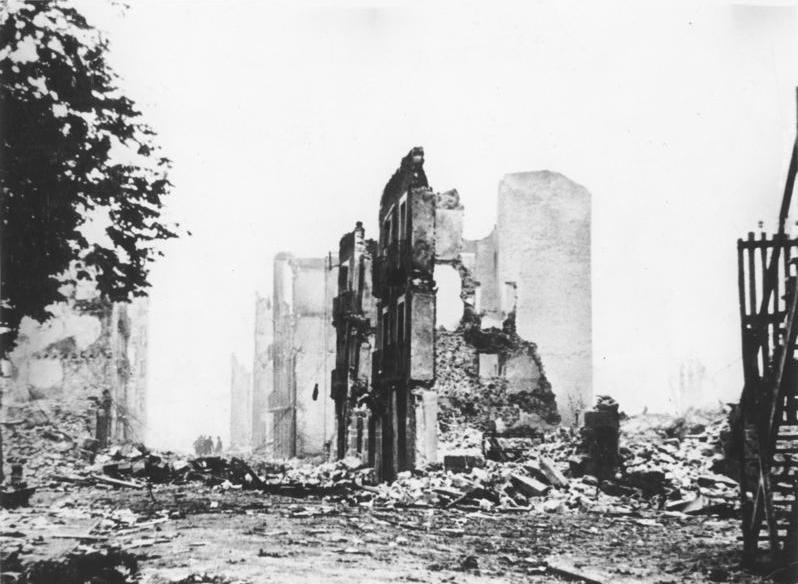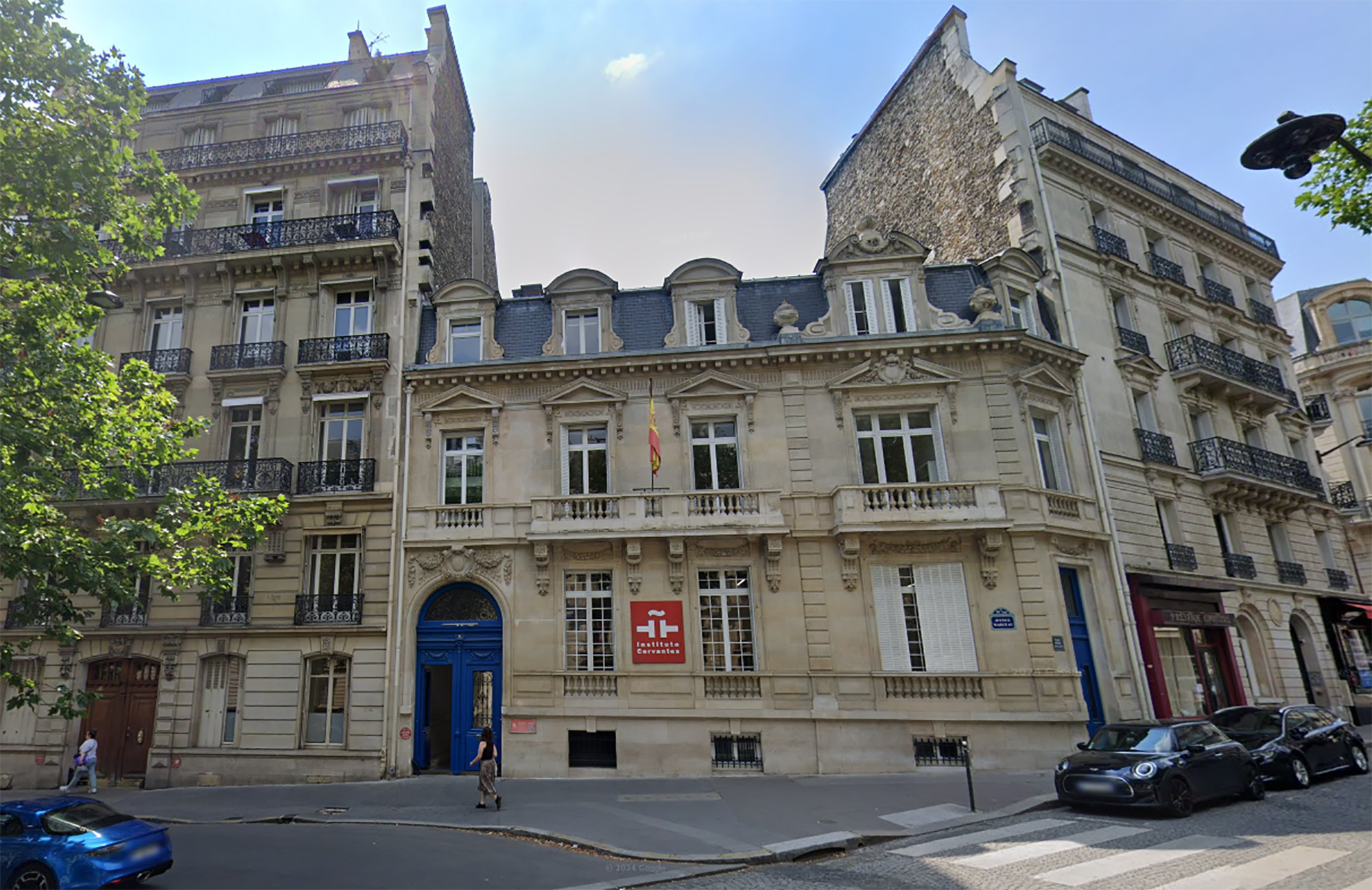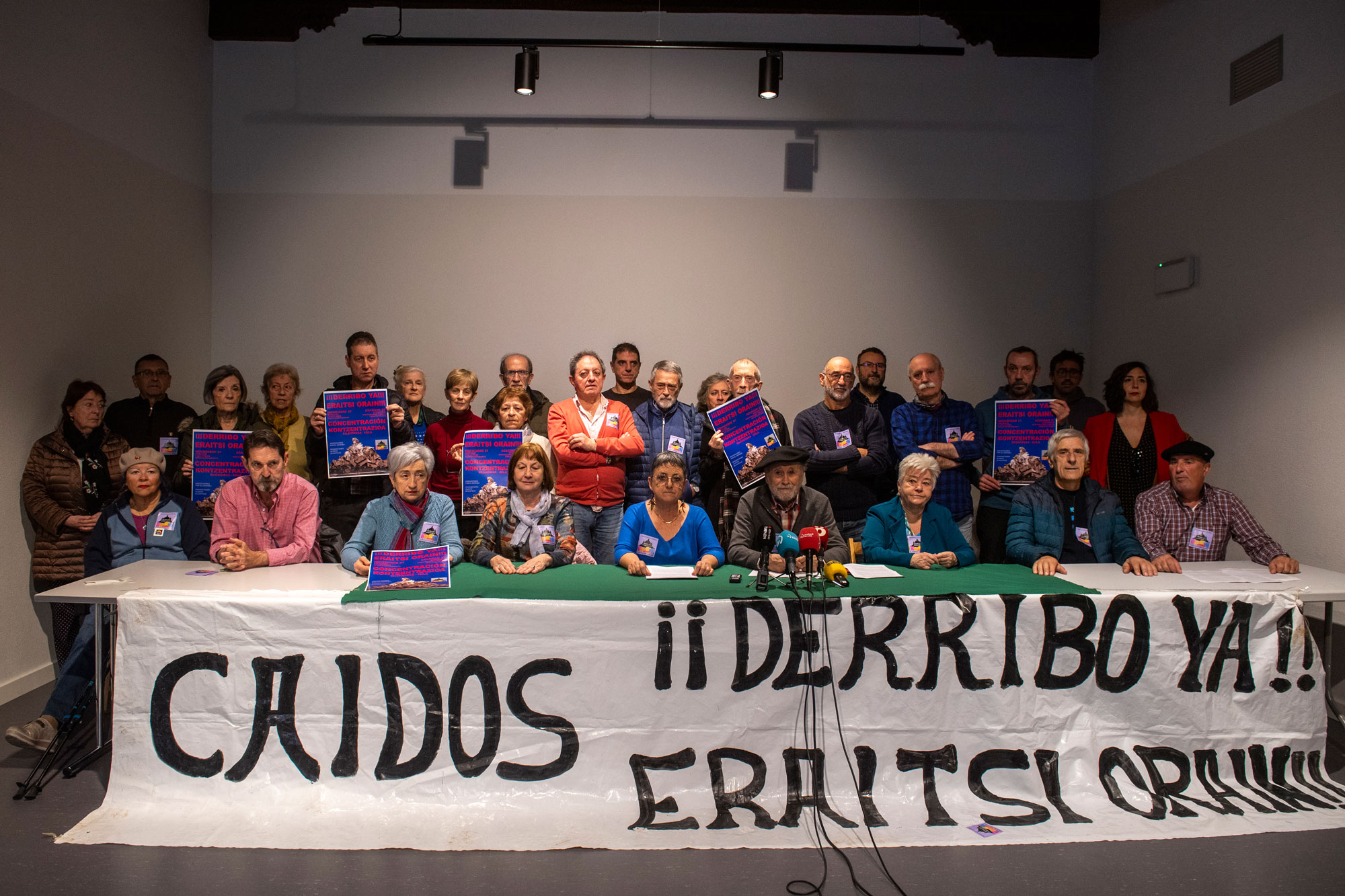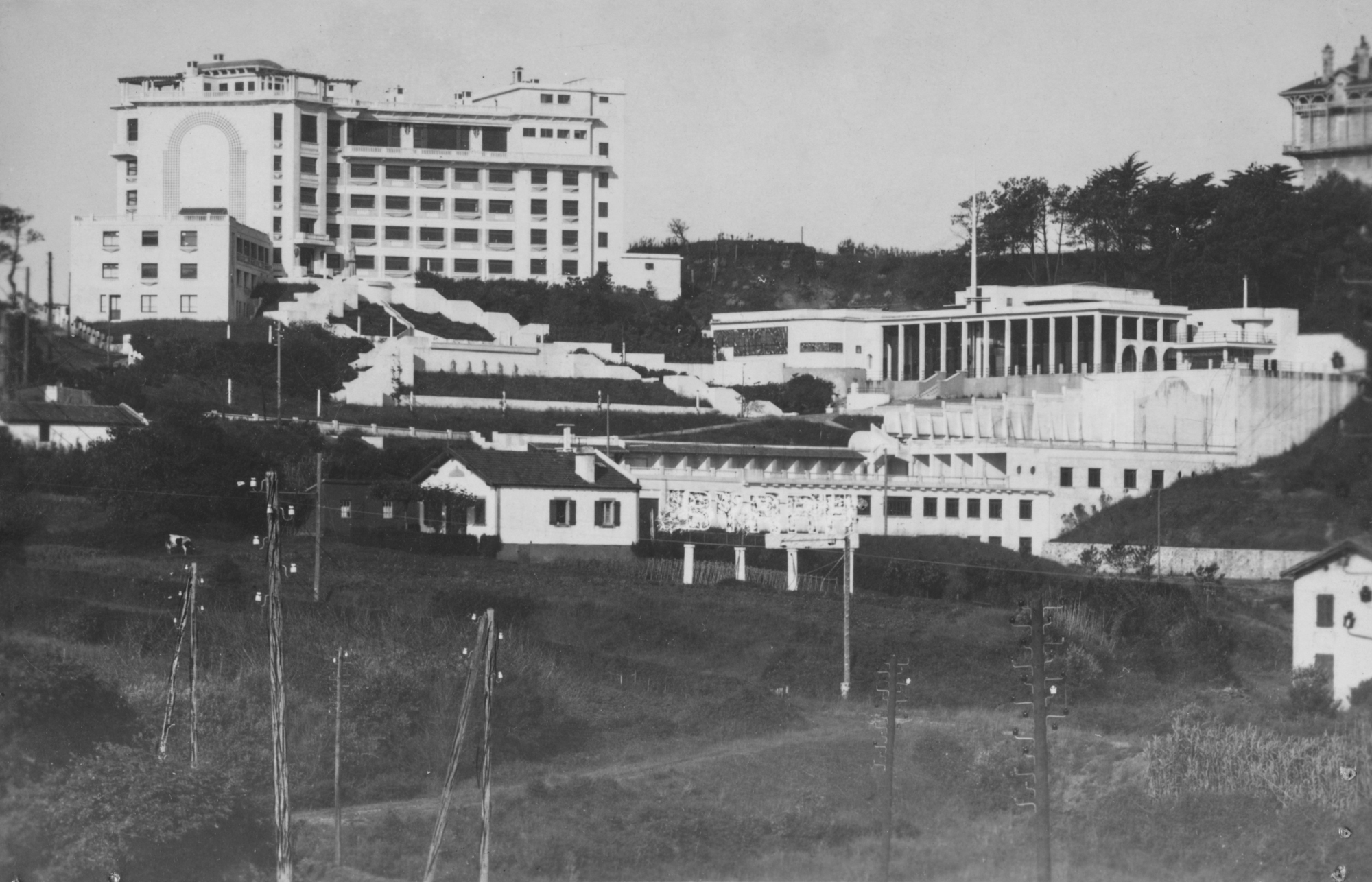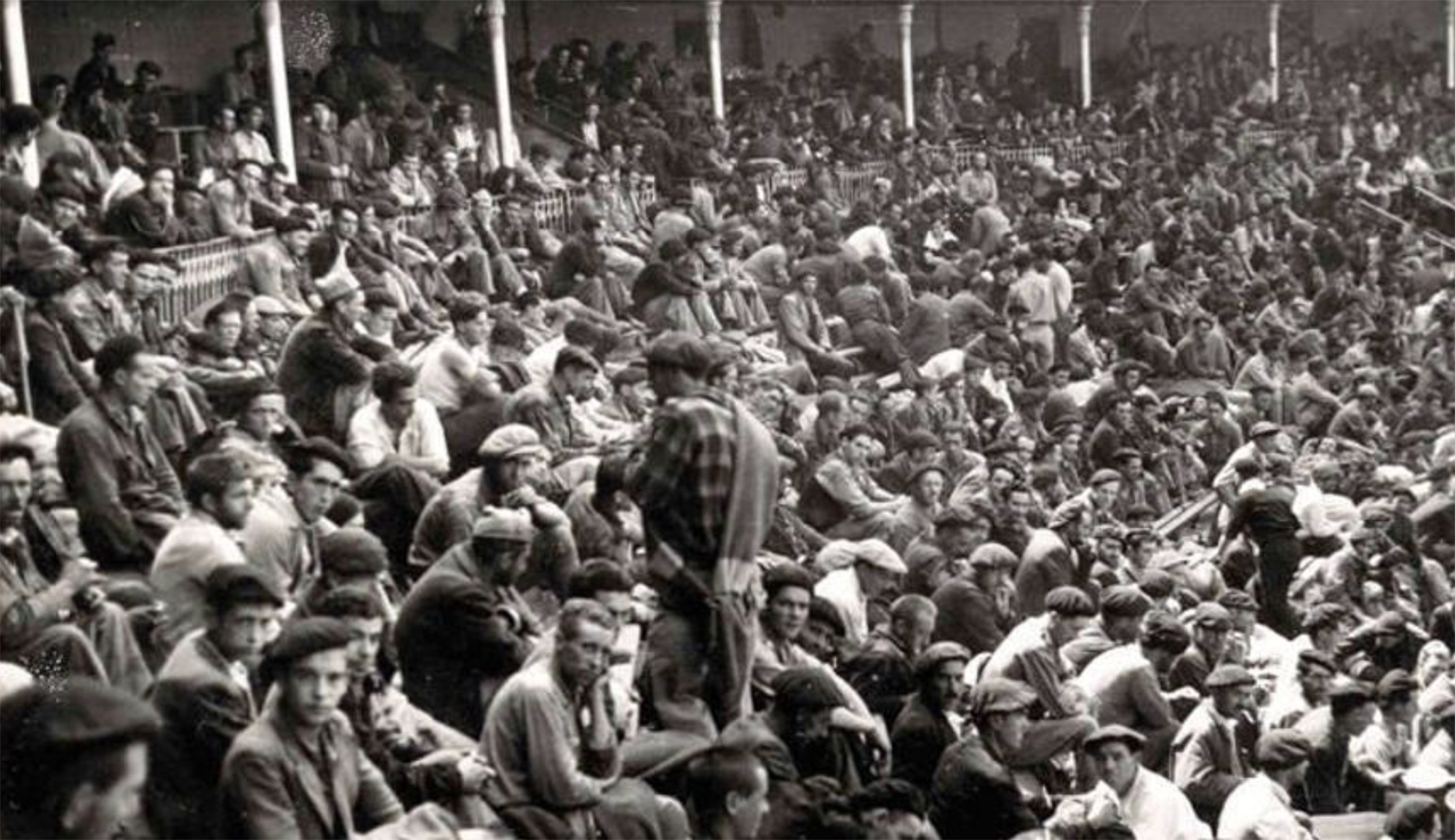Archaeological excavations of the Civil War begin in Oketa and Burbona
- From 27 July to 10 August, an UPV research team will conduct archaeological surveys of the Civil War in the Gorbea Natural Park, specifically in the Oketa (Zigoitia) and Burbona (Zuia) mountains.

While it will be conditioned by the pandemic and security measures, a UPV/EHU team will investigate the remains of the Civil War in the heart of the Gorbeia Natural Park. On 27 July the excavation of three archaeological noodles will begin at the top of Mount Oketa, also known as Gorbeia Txiki, in the municipality of Zigoitia.
In Oketa, at the top of the mountain, remains of buildings carried out by the combatants of the Army of Euzkadi between the years 1936 and 1937 are kept: trenches in the form of zigzag, advanced shooting stands, shelters and several stone cabins, among others.
Remains of buildings carried out by Euzkadi Army fighters between 1936 and 1937 are preserved in Oketa
Sentences of war: Josu Santamarina Otaola, coordinator of the archaeological and patrimonial research project of the external front of the Civil War in the Basque Country (2019-2020), explained that at the top of Mount Oketa, more than 1,000 meters high, some ten cottages are currently preserved.
"These buildings are made of sandstone from Oketa, a material that has been appreciated for centuries in the surroundings. They look north, so they should be a clumsy refuge for Basque soldiers and militiamen during the winter from 1936 to 1937."
The research group coordinated by Santamarina, for example, has for years developed the recovery of the Old Cathedral of Vitoria-Gasteiz, and the interventions will be developed thanks to the funding of the Department of Culture and Linguistic Policy of the Basque Government and the technical means of the Built Heritage Research Group (UPV/EHU). Likewise, together with the archaeological team, the collaboration of the ethnographic association Abadelaueta de Zigoitia will be indispensable.
Initially, a larger project was envisaged, with the participation of many students from the UPV/EHU, but, finally, the project should be elaborated "on a smaller scale, with a more limited group and with strict health measures". However, if health conditions allow, small guided visits may be made.
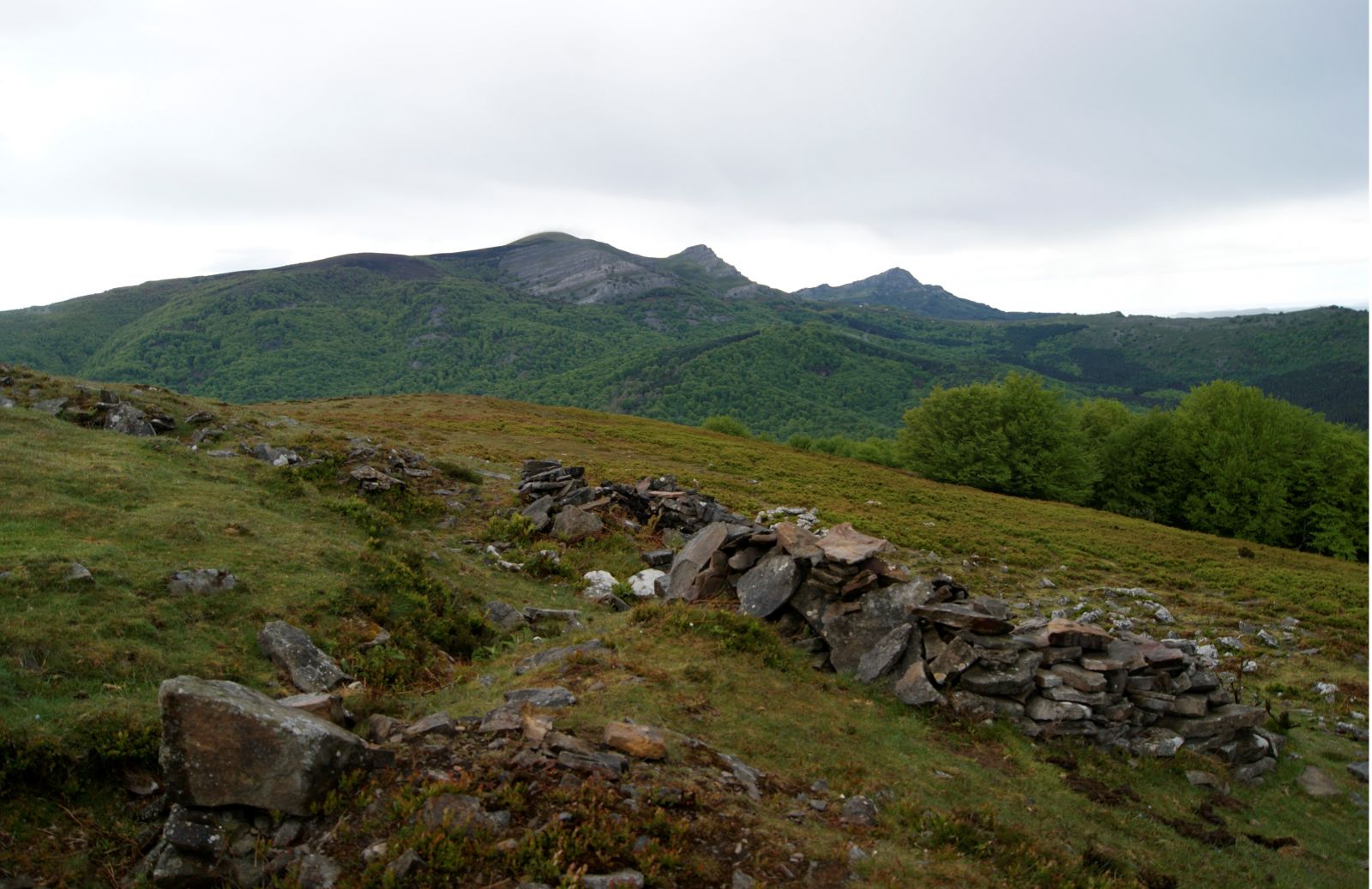
First front of Álava
Initially, this mountain located north of Zigoitia, over the town of Etxaguen, was the advanced position of those who gave the coup d'état on 18 July 1936. "The rebels and the Requetés were the occupants of Mount Oketa at the beginning of the war, months when the confusion was present, the front was still vague and the repression was red alive," he explained.
On the last day of November 1936, the Euzkadi Army launched into the attack in the historic episode known as the Battle of Legutiano. The aim of the aggression was to reach Vitoria-Gasteiz, from where they were heading to the village of Miranda de Ebro. However, the Republican forces did not achieve great successes and thousands of people were injured and killed throughout the month of December. At the end of that month, the Euzkadi Army put an end to the attack without victory, but at least managed to win Oketa.
In 1937, Franco broke the Basque front of Álava; the Requetés and the Moroccan troops took Oketa
Thus, it was the Euzkadi militiamen who defended and fortified Oketa from December 1936 until April 1937. During these five months, over 1,000 meters high, the battalions of the anarchist union CNT turned Gorbeia Txiki into its strongest position, from where they controlled the entire Alavesa Plain.
"During this period, the fighters of Oketa received the visit of a character, quite unknown but very important: The war journalist Cecilia García de Guilarte, of the CNT of the North newspaper, has recalled the excavation promoters. "This journalist described very clearly the hard life of the first front of Álava, when and also in the middle of winter, at high altitude, and soon there would be a Francoist offensive," he added.
In fact, on March 31, 1937, Franco broke the Basque front from Álava; a few days later, the Requetés and the Moroccan troops seized Oketa.
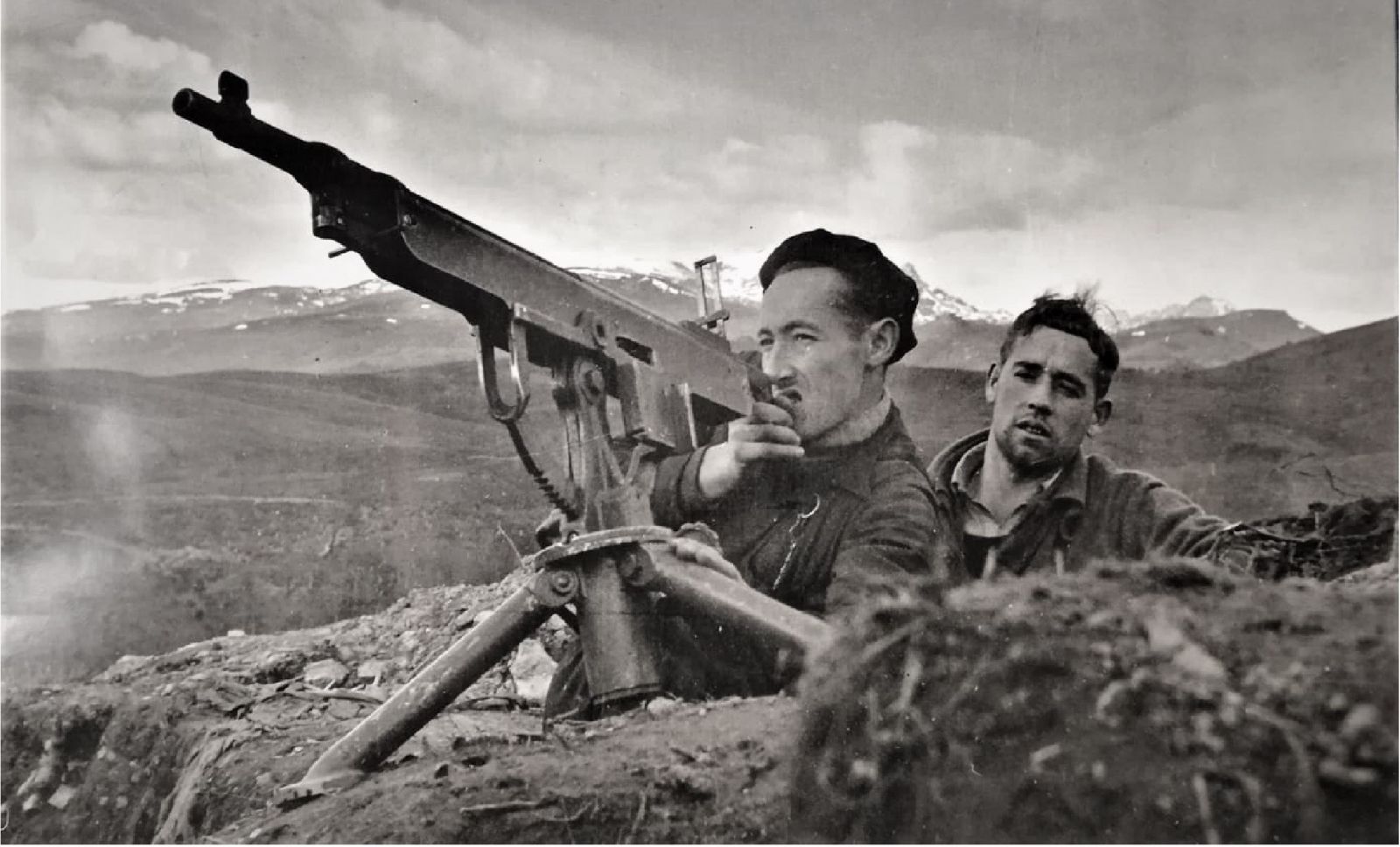
Everyday life at a war station
According to archaeologist Josu Santamarina, these surveys have a dual purpose: "To document the fighting that took place in Oketa in 1936 and 1937, but also to know the daily life of a frontline and high-rise war station."
The purpose of the polls is to know the daily life of a high-rise war station.
For Santamarina, the conservation of the stone casets is "very good" and all of them constitute a "kind of militia village". "In this small town of war, at the same summit of the mountain, there were hundreds of soldiers throughout the winter, which is very special: usually at that height there are no habitats for human beings and much less to live in winter," said the coordinator of the project.
Santamarina has pointed out that in the Basque Country there are high-rise accommodations from the Neolithic, such as the pastors’ houses: -But these are set for summer, never for winter. This can only be seen in: In the center of the Gorbeia Natural Park."
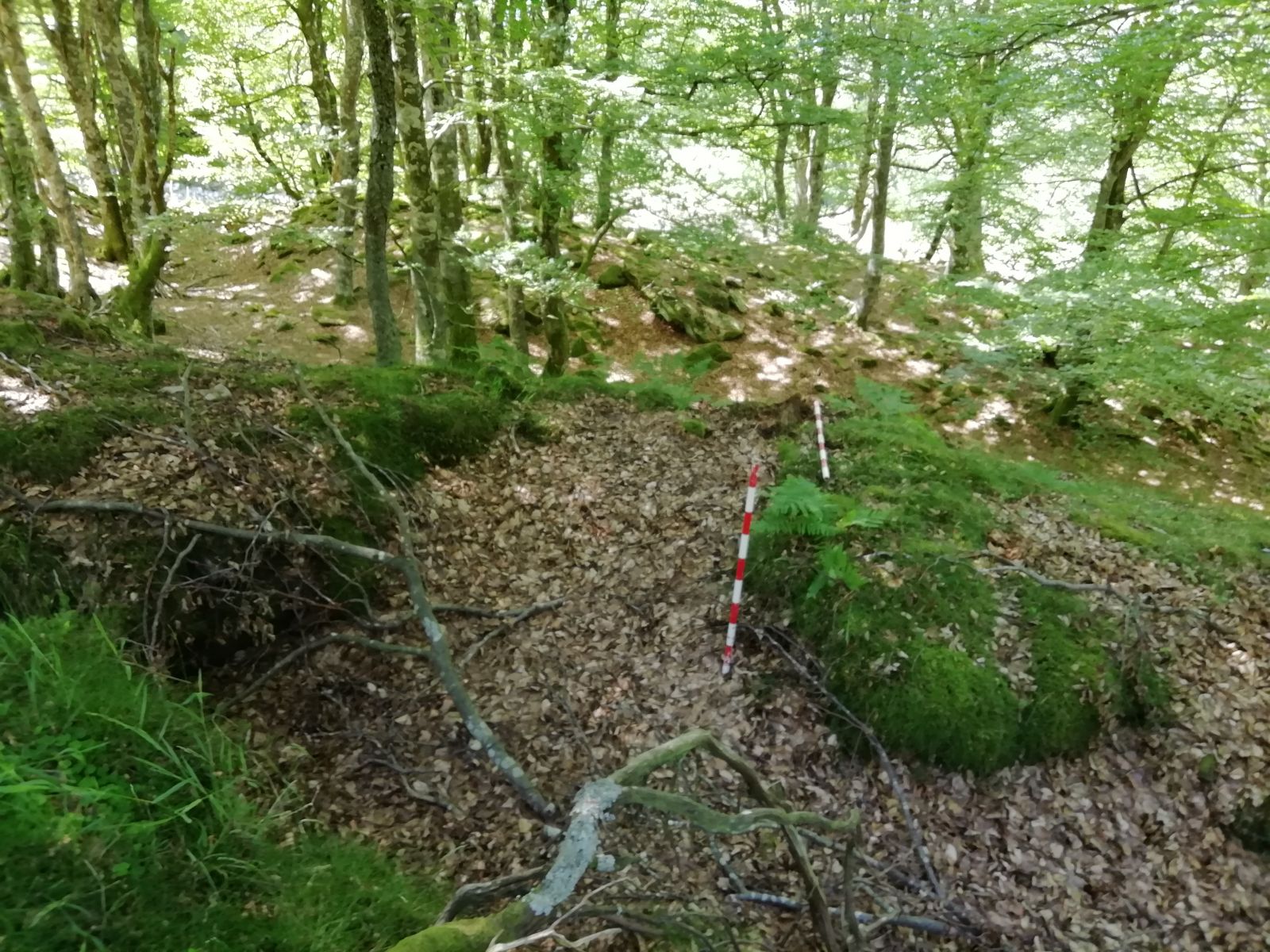
Burbona Machine Gun Nest
Monte Burbona will be another of the highest battlefields that will be studied archeologically in the Basque Country, but throughout the first week of August, Monte Burbona will be another point that will be studied archeologically within the project of Josu Santamarina, also located in the Natural Park of Gorbeia, very close to the emblematic Parketxe de Sarria.
As a collision, Mount Burbona is about 1,000 meters high, but its landscape is completely different according to the group of archaeologists: "Instead of being tall grasses, Burbona's Republican graves are placed in a beautiful hayedo. Among the trees is an advanced position in the Euzkadi Army, with a long line of trenches that delineate the perimeter, several shooting stations and an anti-aircraft shelter that is an artificial cave".
Burbona is the "only organic and ecological bunker" in the Basque Country
The survey, which did not have fighting during the Civil War in Burbona, aims to document a nest of machine guns, a protected structure for the use of automatic weapons. "The uniqueness of this structure lies in the fact that it is not cement, as most of those that were built during the Civil War, but wood and soil," they explained. "Burbona may be the only nest of wood and earth machine guns kept in the Basque Country."
In fact, although many cement structures are preserved until today, they are often made with materials that are much more accessible due to lack of resources or time, using wood and soil. "Despite the numerous documentary references, the materials are deadly and these kinds of structures are usually lost; except in this case, in Burbona," said Josu Santamarina, Burbona's "only organic and ecological bunker" in the Basque Country.
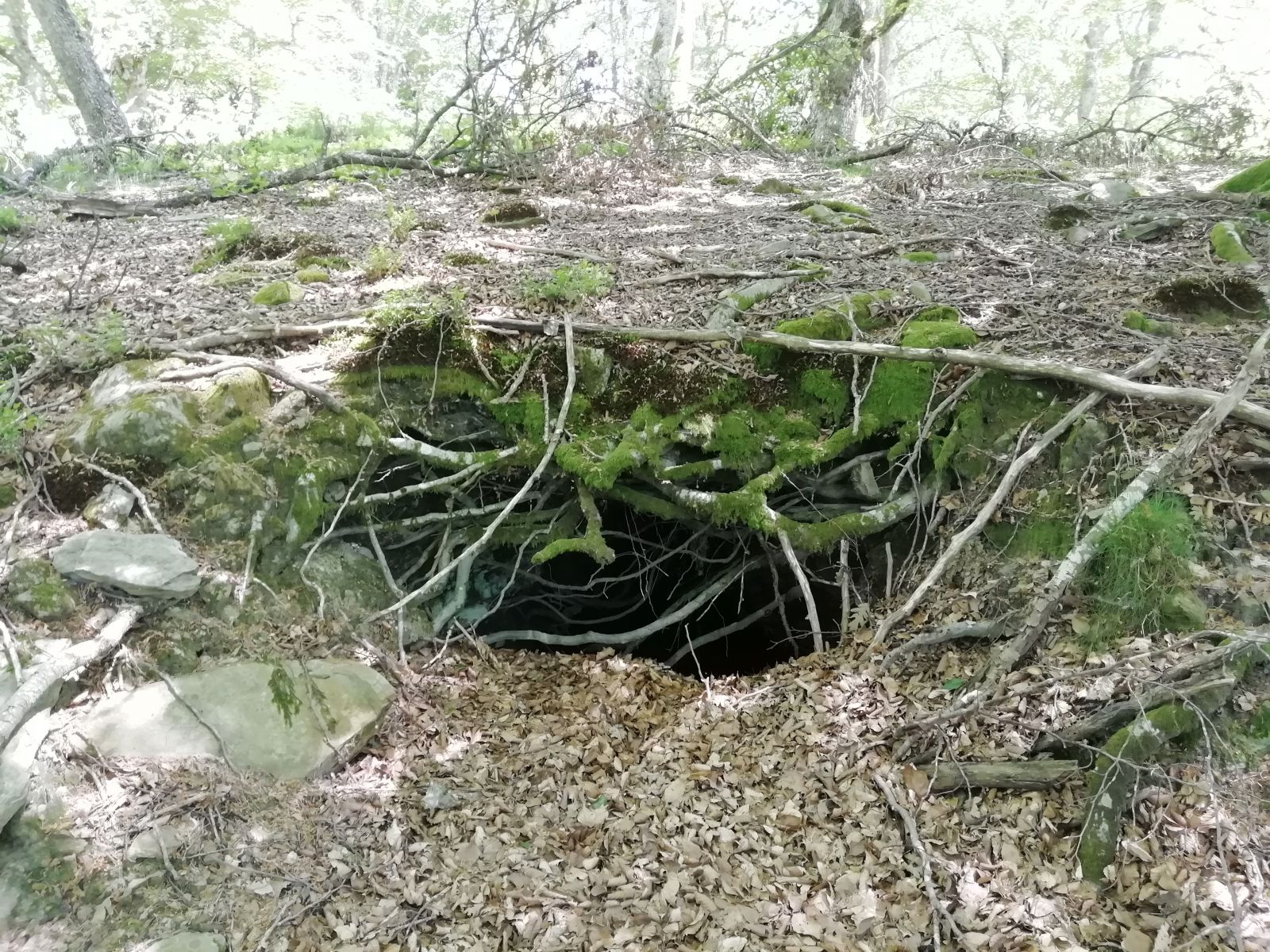
Iazko uztailean, ARGIAren 2.880. zenbakiko orrialdeotan genuen Bego Ariznabarreta Orbea. Bere aitaren gudaritzaz ari zen, eta 1936ko Gerra Zibilean lagun egindako Aking Chan, Xangai brigadista txinatarraz ere mintzatu zitzaigun. Oraindik orain, berriz, Gasteizen hartu ditu... [+]
Gogora Institutuak 1936ko Gerrako biktimen inguruan egindako txostenean "erreketeak, falangistak, Kondor Legioko hegazkinlari alemaniar naziak eta faxista italiarrak" ageri direla salatu du Intxorta 1937 elkarteak, eta izen horiek kentzeko eskatu du. Maria Jesus San Jose... [+]
1936ko Gerran milaka haurrek Euskal Herria utzi behar izan zuten faxisten bonbetatik ihes egiteko. Frantzia, Katalunia, Belgika, Erresuma Batua, Sobietar Batasuna eta Amerikako herrialdeetara joandako horien historia jasotzeko zeregin erraldoiari ekin dio Intxorta 1937... [+]
Ezpatak, labanak, kaskoak, fusilak, pistolak, kanoiak, munizioak, lehergailuak, uniformeak, armadurak, ezkutuak, babesak, zaldunak, hegazkinak eta tankeak. Han eta hemen, bada jende klase bat historia militarrarekin liluratuta dagoena. Gehien-gehienak, historia-zaleak izaten... [+]
Pamplona, 1939. At the beginning of the year, the bullring in the city was used as a concentration camp by the Francoists. It was officially capable of 3,000 prisoners of war, at a time when there was no front in Navarre, so those locked up there should be regarded as prisoners... [+]










